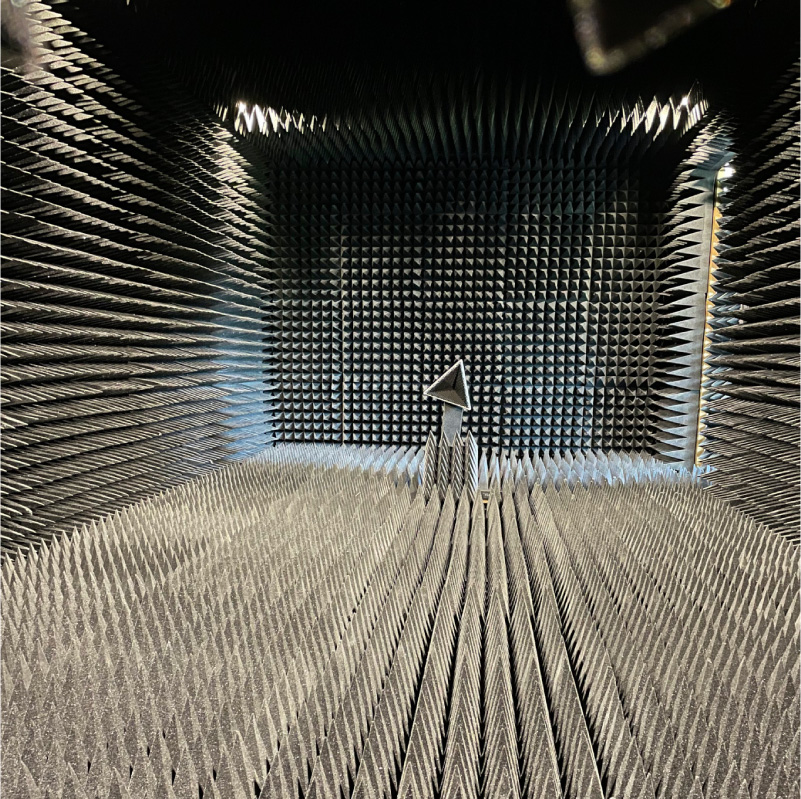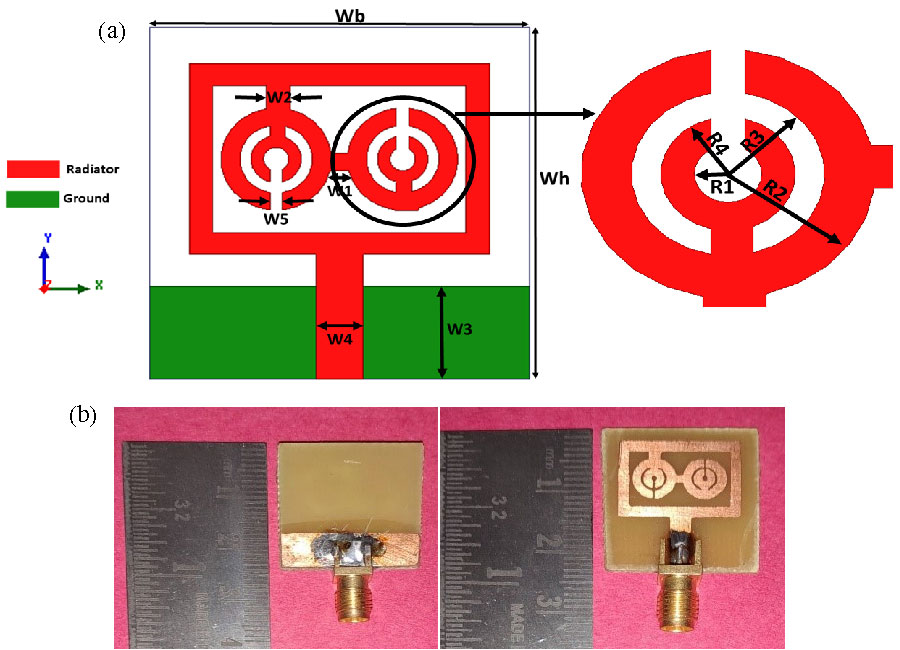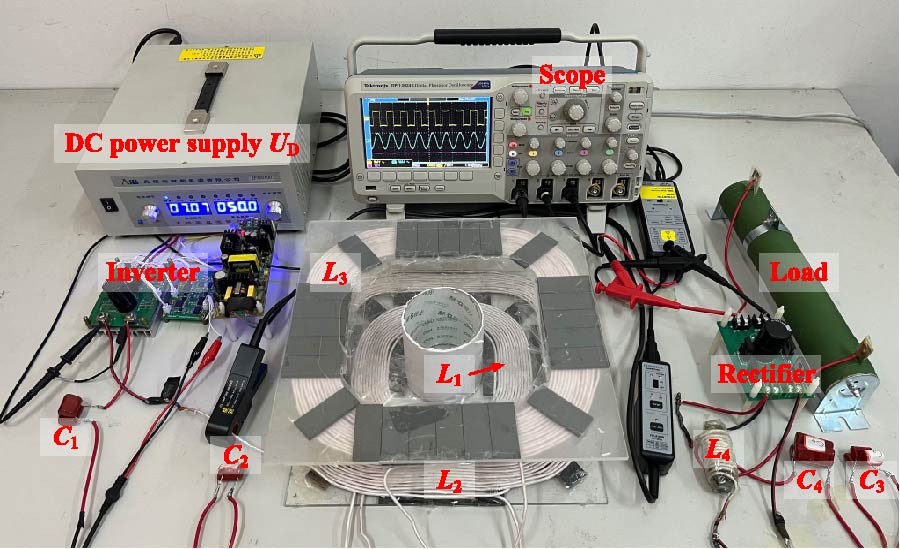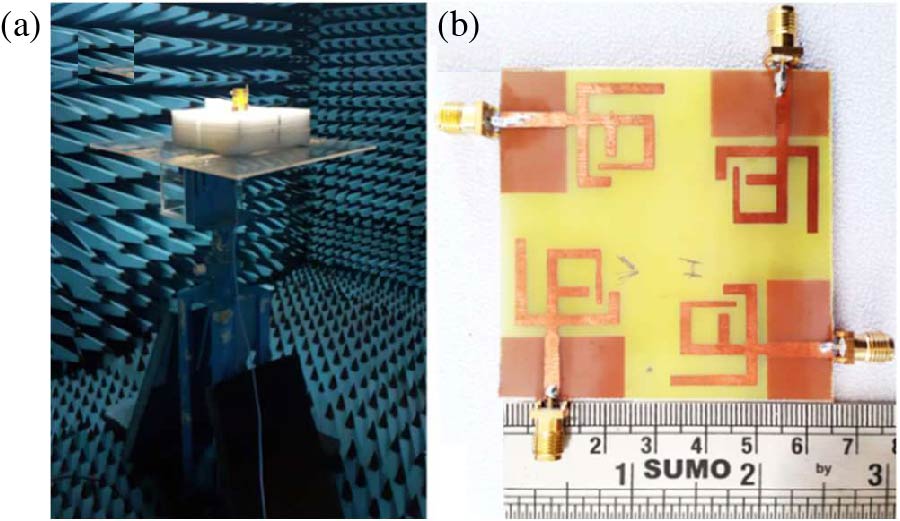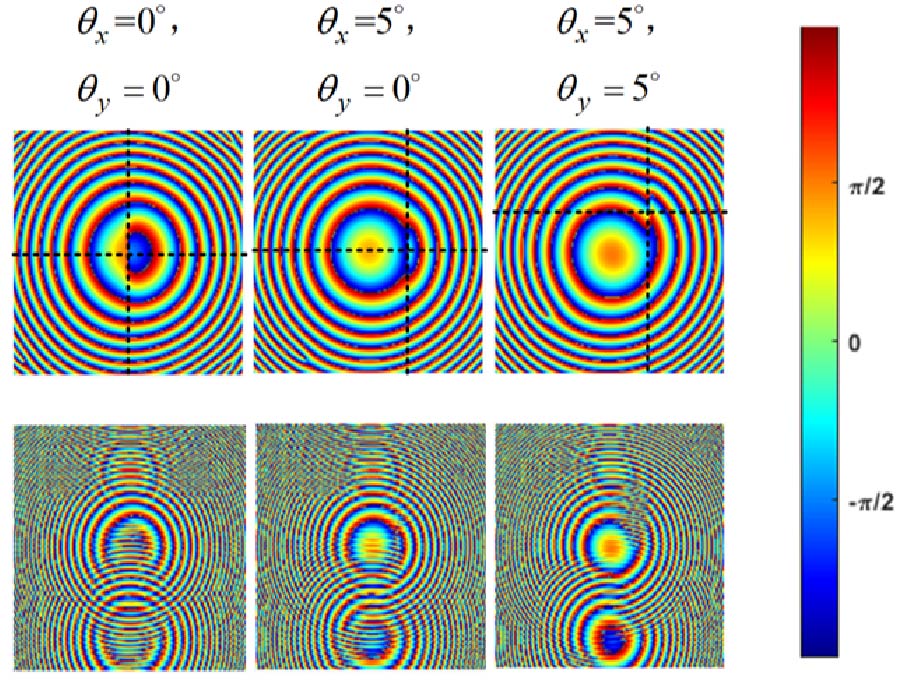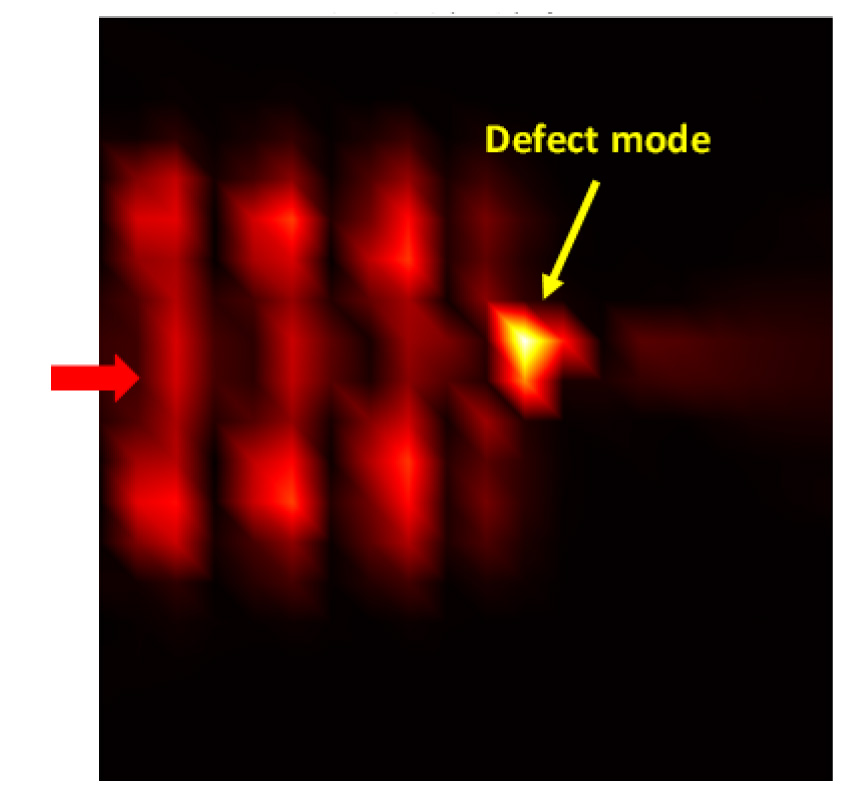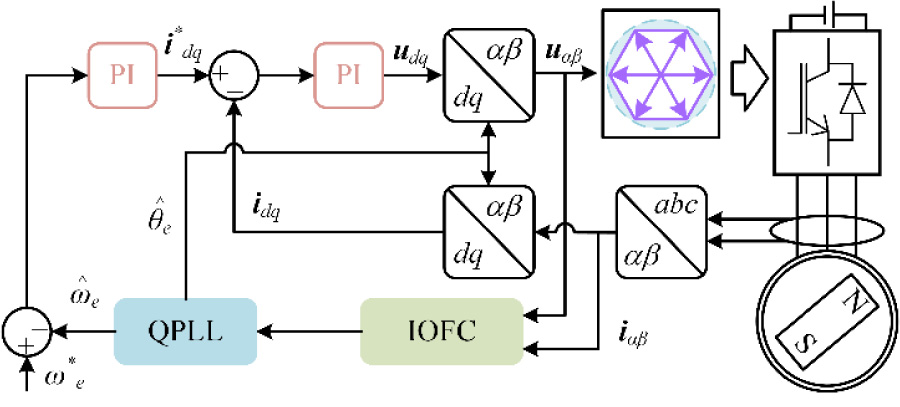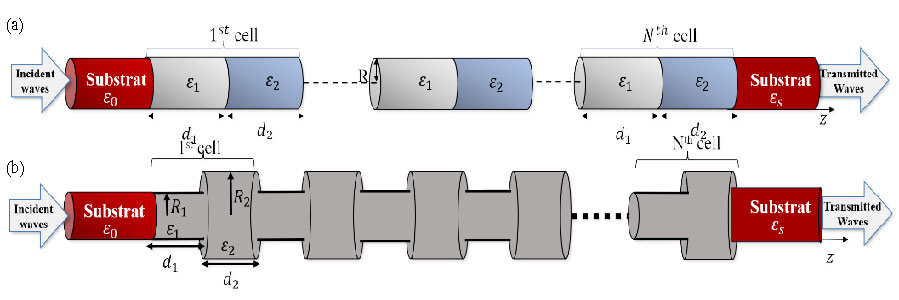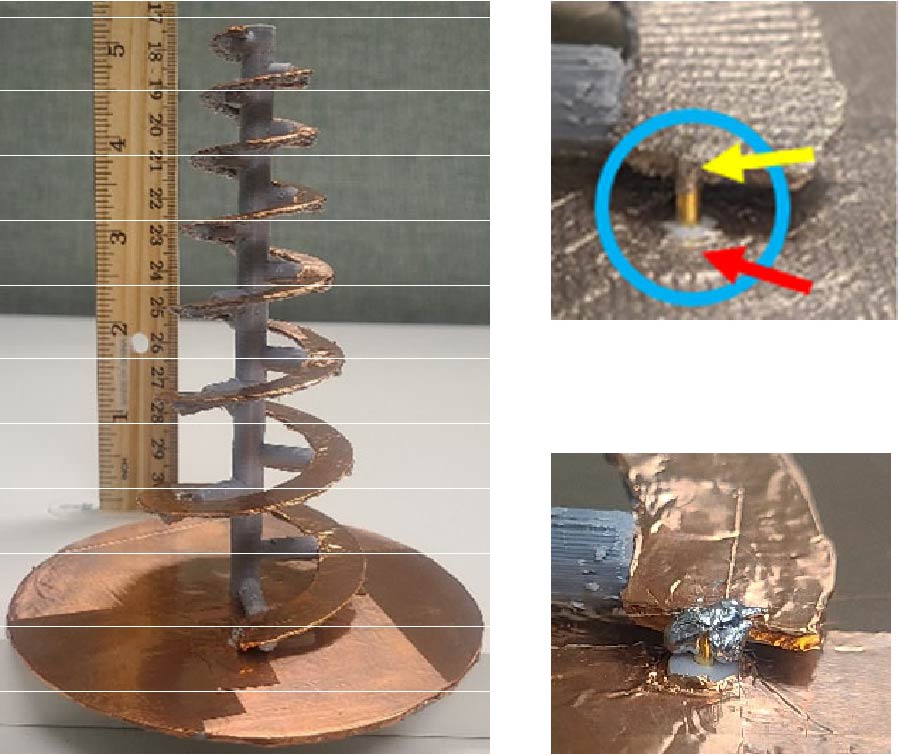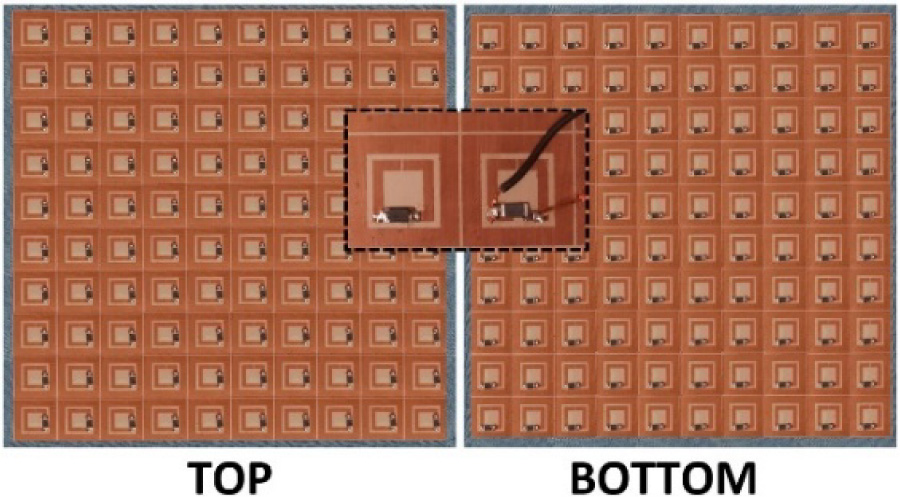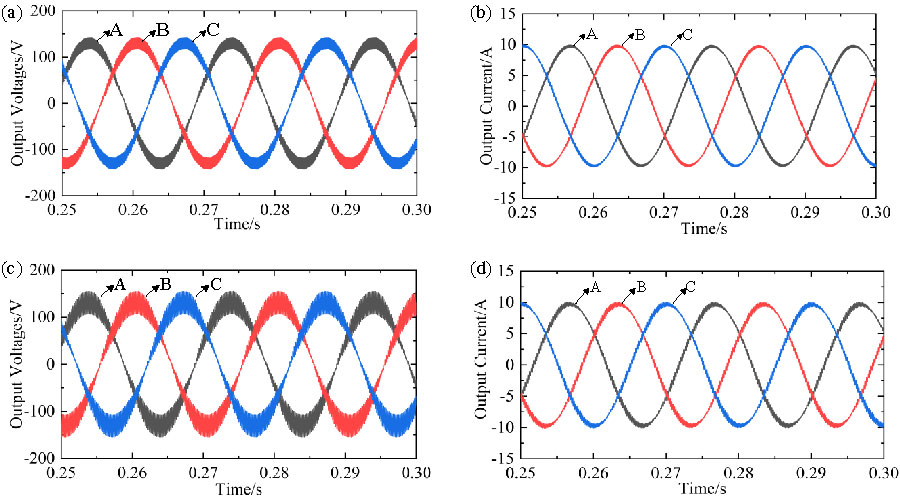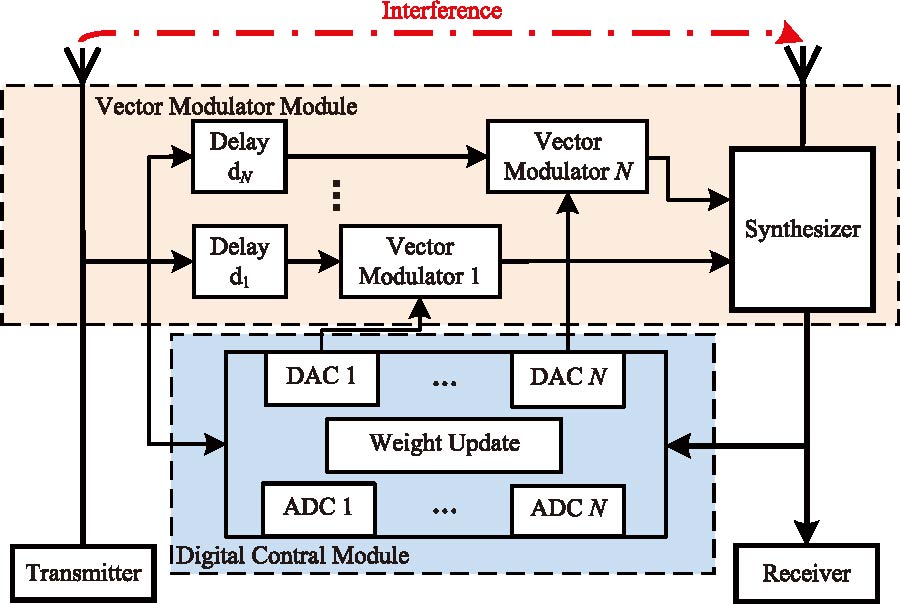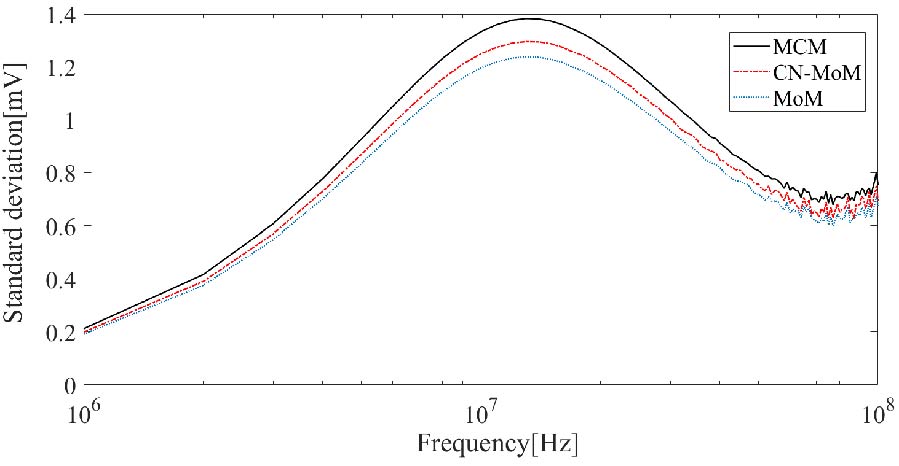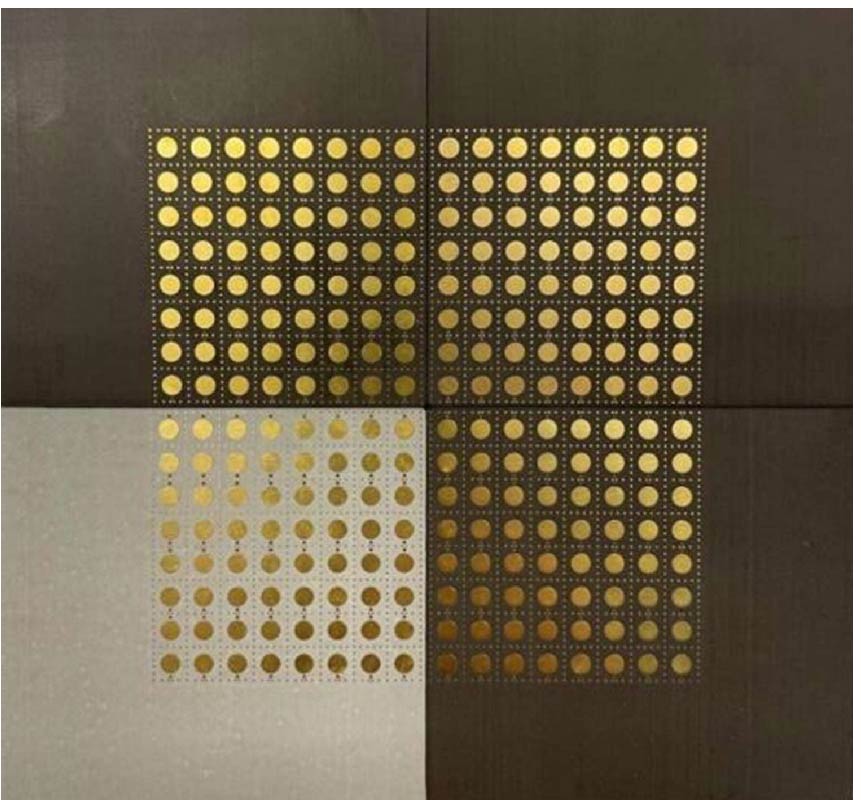Design and Implementation of a Millimeter Wave Active Antenna for UAV Communications
Ning Liu,
Guanfeng Cui,
Guotao Shang,
Ruiliang Song and
Bo Zhang
The millimeter wave communication technology used for drones could combine the advantages of drones and millimeter waves, providing high-speed data transmission and wide area network coverage capabilities, and has broad application prospects in military and civilian communication systems. Millimeter wave active antennas have the advantages of miniaturization, high frequency band, and flexible shaping, which is of great significance for ensuring the high-speed dynamic communication ability of drone platforms. In this paper, a millimeter wave active antenna suitable for unmanned aerial vehicles (UAVs) is designed and verified, operating in 24.75-27.5 GHz and adopting Antenna in Package (AiP) design. Frequency band test and communication performance test is conducted. To open and close the RF channels, the antenna's operating frequency range can be shown in the vector network analyzer which meets the design frequency band 24.75-27.5 GHz requirements. By loading 5G millimeter wave standard signals, the antenna can achieve real-time demodulation of 100 MHz, 256 QAM signals. The test shows that the system can meet the requirements of beam tracking and real-time information transmission during high-speed dynamic flight of UAVs. It has broad application prospects in UAV communication systems.
